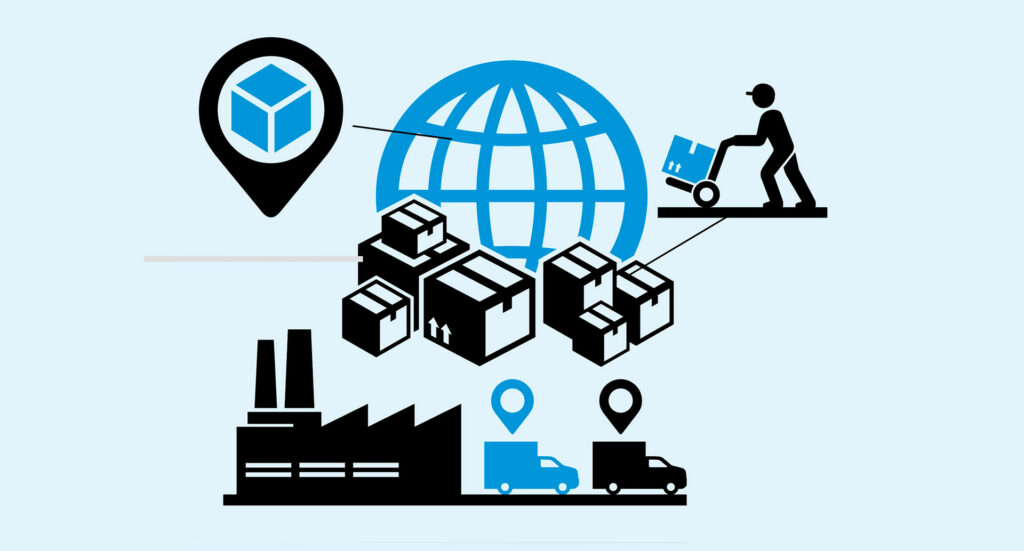
By Kelly Arduino, practice leader for Healthcare at Wipfli LLP, and Rebecca Hurst, senior manager at Wipfli.
Imagine running a truly frictionless, automated healthcare organization. One where approval policies are automated, where your staffing numbers are always meeting your needs and where real-time patient data is just a click away to facilitate quick decisions.
It’s not only possible — it’s here.
And yet, the healthcare industry is lagging behind on digital transformation.
That isn’t to say no progress is being made. Widescale adoption of enterprise resource planning (ERP) technology, spurred in part by the COVID-19 pandemic, has resulted in a revolution in the way healthcare providers deal with data.
Financial data from the ERP, integrated with the electronic health record (EHR) and other systems, offers greater efficiency and a more holistic view of data – both financial and clinical – in one place. But now, four years after the pandemic’s outbreak, not enough effort has been made to continue the trend of modernization. What’s causing the industry to drag its feet?
Staffing shortages, both in the patient care and administrative support fields, are a key issue facing the industry. With fewer hands managing an increasing workload, it’s tempting to delay any major changes to standard operating procedures. And yet, moving to a streamlined digital system can actually help solve staffing issues and increase productivity.
Financial pressures, with rising costs often not keeping pace with reimbursement rates, are another impediment to adopting an expensive digital ecosystem. But the rewards can actually offset the costs, with significant increases in productivity, superior insight into billing and financial data and advanced automation to make processes that were once costly and time-consuming almost effortless.
Moving towards digital recordkeeping also comes with significant cybersecurity implications, and many organizations aren’t willing to accept the risk. To be sure, it is a serious concern, but proper implementation, maintenance and employee training on these new systems can help mitigate any potential data breach threats.
Despite the hurdles, the digital transformation is here, and all the tools to take healthcare to the next level are available now. When healthcare organizations fully integrate their EHR data, their financial system and their customer relationship management (CRM) system through an ERP system, the future of seamless, automated healthcare is at hand.
The big step providers need to take in order to realize this transformation is a simple one: dream bigger.
The tools of transformation
ERP is the connective tissue that can synergize clinical EHR data, financial records and patient information into one easy-to-manage workstream, as well as create greater efficiencies in staffing and inventory control.
EHR, already implemented across the healthcare space, is the first critical component of the digital transformation. This comprises all of an organization’s clinical and patient data, as well as data for mandatory reporting.
The current challenge is integrating EHR data with the organizations’ financial systems, with an open and flexible framework that allows multiple data streams and sources to be easily accessed and synchronized. That’s where ERP comes in.
Using the power of open application programming interface (API) technology, your EHR and ERP can work together to create a custom-tailored workspace that aligns with your organization’s needs. Open API serves as a two-way bridge between separate software platforms, allowing you to import files across systems and create custom dashboards that combine all the patient health, billing and financial data you need to more effectively run your business.
The ability to combine all of your data with the power of a sophisticated ERP system means a tremendous breakthrough in efficiency.
With ERP at the forefront, operations become almost effortless. Inventory management can be largely automated, staffing concerns can be mitigated and productivity can be boosted.
After the EHR and ERP systems, CRM is the final piece of forming a cohesive puzzle. This concerns the connection between the clinic and its patients, including important considerations like scheduling appointments, pre- and post-care communication, patient records management and billing. When powered by ERP, a clinic’s CRM can elevate the entire patient care process by minimizing errors and maximizing responsiveness, ultimately leading to improved patient outcomes.
What’s working vs. what’s possible
The main obstacles to this transformation are time and internal inertia. Simply put, implementing a professional ERP system in any environment is a time-consuming process, especially in an industry with rigorous regulations and strict reporting requirements. It can take six months to a year to have a fully integrated digital system up and running, not including the time it takes to overcome the learning curve.
Facing those challenges, it’s very easy to fall back on tried and true methods. After all, why change what’s already working?
But even if current procedures are working, the question remains: Is it making your life easier?
To fully embrace digital transformation, healthcare providers need to look beyond the present and imagine the possibilities that integrating with an ERP system can provide. Automated processes, real-time data analysis and streamlined communications are all within the realm of what’s possible with a fully integrated ERP system as the backbone of your enhanced workspace.
Staffing, for instance, is always a major concern for healthcare organizations. With an ERP system working in conjunction with EHR and CRM data, they can pull data points like revenue per procedure and by provider, or the number of patients treated per day relative to the number of providers on staff to forecast staffing by identifying trends in real-time – not last month’s numbers, but yesterdays.
That kind of immediate access to information is especially important to federally qualified health centers to timely submit and analyze data behind their mandatory reporting requirements. The ability to trend the number of residents per day or per week against forecasted staffing levels helps them stick to their requirements and continue to receive the funding their organizations need to continue to meet their residents’ needs.
Inventory management and approvals also become significantly more streamlined. In today’s environment, the procure-to-pay process might involve entering purchase requisitions, physically walking the documents to someone’s desk for a purchase order and then manually entering the information into a database. After that, someone may be walking a piece of paper over to the CFO’s desk to get stamped so they can cut a check and send it out.
That process certainly works, but consider the alternative: a notification in the ERP system about a submitted requisition, automatically sent to the next person in line for approval. After receiving the requested inventory, the receiver gets a notification, verifies the order and pings the CFO to trigger an automatic approval and payment, with an audit trail in the system for verification.
Clients have embraced fully paperless offices. With automated approval policies and optical character recognition (OCR) capabilities embedded into their apps, vendors can simply email invoices and have them automatically coded and uploaded into the system. That means no more paper invoices and no more waiting for the mail to arrive in order to get to work.
In the end, clinics are equipped, paper is drastically reduced, workflows are automated and seamless, and vendors are paid effortlessly. This is just the start of what’s possible with ERP in the healthcare industry.
An enhanced environment for productivity
With a fully integrated ERP system, in conjunction with EHR and CRM systems, not only can labor hours be saved, but there is also no waiting and no office hours – you can be on 24/7.
When connecting their financial systems and patient data through ERP, the time savings and productivity boosts clients have witnessed are truly transformational. Some clients report significantly decreased times to close out their months after integration, closing out in as quickly as five to ten days.
Automation also gives real-time visibility into data, with the ability to drill down into individual source transactions making up the balances on financial statements, as well as graphs and charts. Everything simply syncs up, so you can sit back and watch the data come in.
The patients’ perspective
An automated office is great for productivity, but the real test of a healthcare organization is how they work with their patients – the reason they exist.
ERP integration can keep clinics and facilities appropriately staffed and fully stocked, as well as free up valuable administrative time to better serve patients’ needs, but that’s just the start of what the experience can become for them.
It’s already difficult enough to interact with the healthcare industry from the outside. Dealing with insurance companies, paying bills… even simply booking an appointment can be a challenge, especially in underserved areas.
However, with ERP drawing insights from an organization’s CRM system, patient interactions can be improved and personalized. Automated appointment scheduling can ease the burden on your administrative staff while also helping ensure your patient can get time with the provider they want, at a time that works for them. Follow-ups and specialist referrals also become easier to manage. Simple things like automated prescription refill reminders can add a personal touch that also serves to simplify the process of receiving care.
Using ERP for data-driven decision-making doesn’t just impact your patients’ experience at your facility – it can lead to overall better health outcomes. When it’s easier for patients to access care and manage their appointments, and easier for healthcare providers to access relevant information and manage treatments, a healthier tomorrow is within reach, and it’s all powered by ERP.
Making the leap
Connecting your financial, EHR and CRM systems with a powerful ERP system is the future of healthcare. The synergy of these essential elements can increase productivity in your back-end operations, automate time-consuming processes and maximize the effectiveness of the care you provide. The future is finally here.
If you’re still working with outdated systems and telling yourself, “This still works fine for us,” it’s time to start dreaming bigger. Imagine the possibilities of a streamlined, automated workplace, powered by fully integrated ERP, and see how far you can take yourself.






